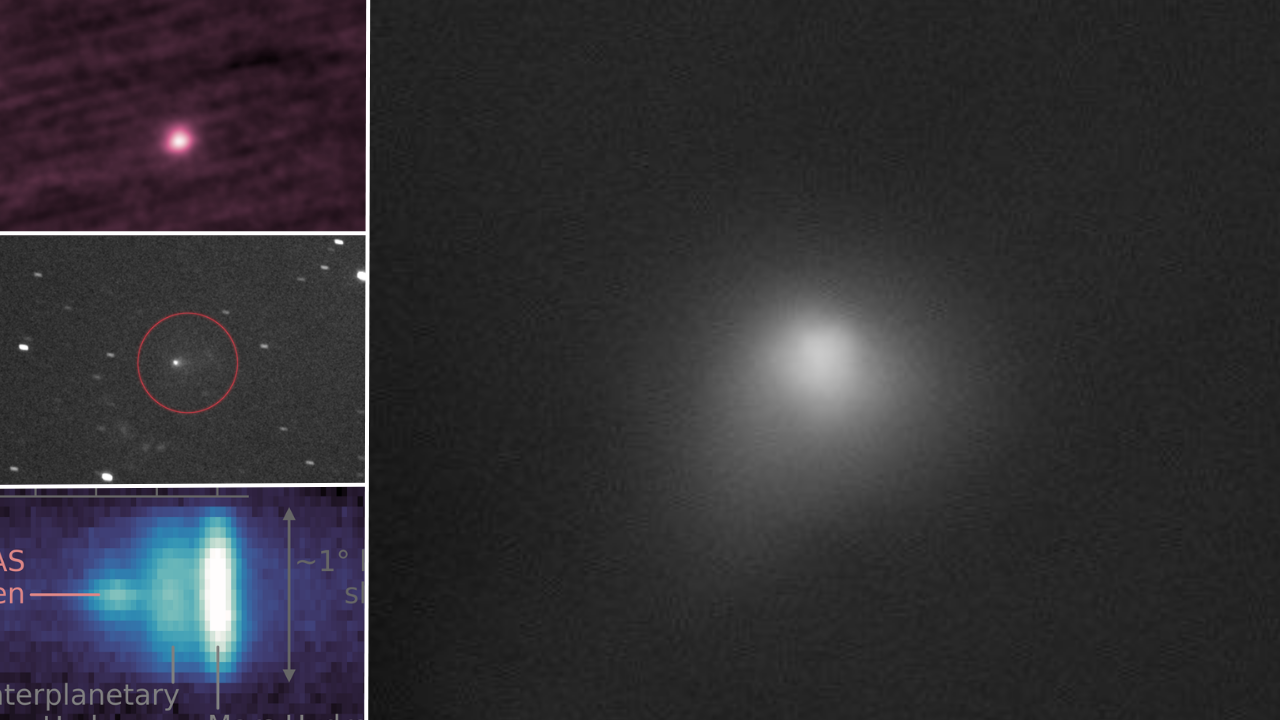Hubble Space Telescope 'sea of sequins' image shows off a star cluster
The observatory looks at how star colors change due to interstellar dust.

Showing a sky full of stars, the globular cluster Terzan 9 glitters in a new image from the Hubble Space Telescope.
Globular clusters are groups of stars that number anywhere in the tens of thousands to the millions, according to a June 17 blog post from the European Space Agency (ESA) about the recent image.
"Terzan 9 is dotted with so many glittering stars that it resembles a sea of sequins, or a vast treasure chest crammed with gold," ESA officials wrote.
The image is part of a Hubble Space Telescope program that is examining globular clusters towards the center of our galaxy, the Milky Way. This area is rich in interstellar dust, making it difficult to see objects like stars.
Related: The best Hubble Space Telescope images of all time!
The dust, ESA said in the statement, "absorbs starlight and can even change the apparent colors of stars in these clusters."
Hubble is able to somewhat peer through that dust as it can detect some infrared light, which thanks to its longer wavelengths can penetrate through certain dusty regions.
Breaking space news, the latest updates on rocket launches, skywatching events and more!
Hubble primarily observes the universe in the visible light, which enables astronomers to learn how much a star's apparent color can change due to interstellar dust, ESA wrote.
Knowing the true color of a star, along with its brightness, will better allow astronomers to estimate the age of individual stars of the globular cluster, ESA added.
An even wider range of infrared capabilities will be available when NASA's James Webb Space Telescope comes online next month. Webb, which should release its first science-grade images on July 12, is located much farther away from Earth than Hubble and has a much larger mirror. The $10 billion telescope will be able to see the most distant and oldest galaxies and star clusters that formed in the first hundreds of millions of years after the Big Bang, enabling astronomers to answer fundamental questions about the evolution of the universe.
Follow Elizabeth Howell on Twitter @howellspace. Follow us on Twitter @Spacedotcom or Facebook.

Elizabeth Howell (she/her), Ph.D., was a staff writer in the spaceflight channel between 2022 and 2024 specializing in Canadian space news. She was contributing writer for Space.com for 10 years from 2012 to 2024. Elizabeth's reporting includes multiple exclusives with the White House, leading world coverage about a lost-and-found space tomato on the International Space Station, witnessing five human spaceflight launches on two continents, flying parabolic, working inside a spacesuit, and participating in a simulated Mars mission. Her latest book, "Why Am I Taller?" (ECW Press, 2022) is co-written with astronaut Dave Williams.
